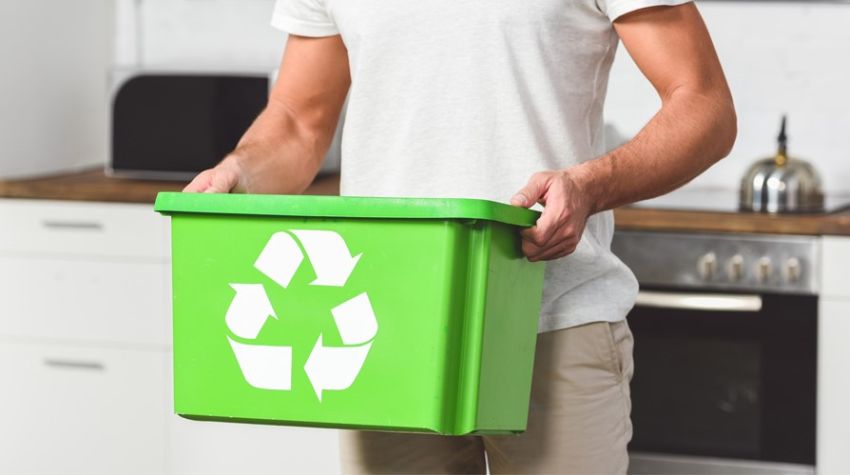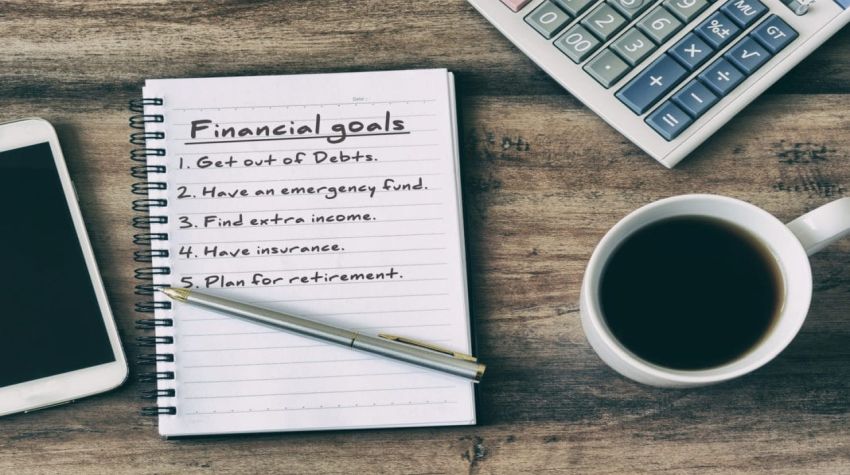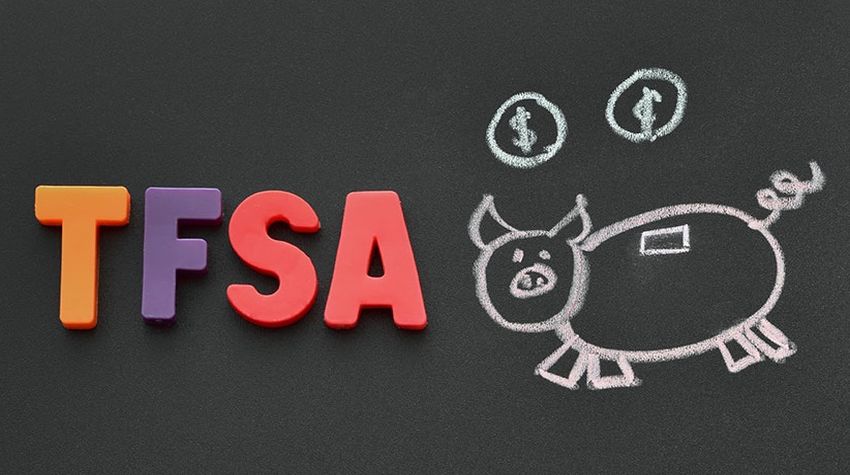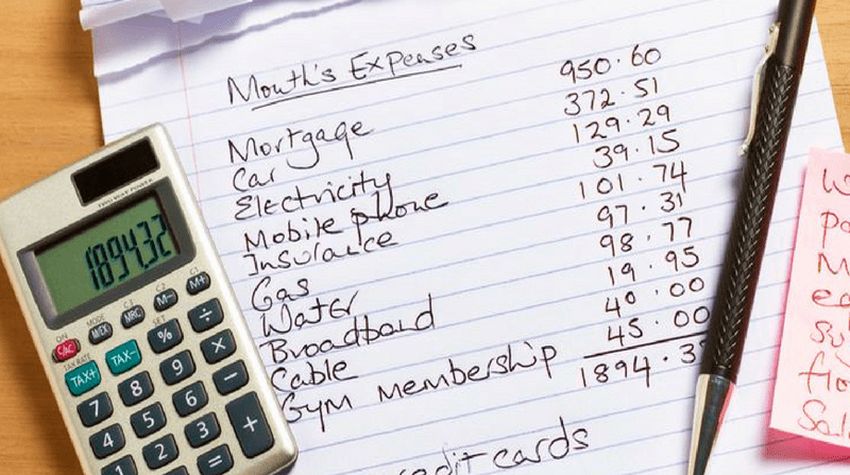Reducing household waste has been on the top of our agenda this year because we noticed that we have far too much garbage leaving our house each week. If you just stop for a moment and think about ALL of the containers in your kitchen that should make you want to consider reducing household waste. I know that’s sort of how it went down for us when we began cleaning out our kitchen using the Konmari method of organization last week.
Every cupboard we opened we found more and more plastics, containers, bottles, bags and general junk that couldn’t be recycled that we knew would end up in our landfill. It’s amazing what you learn about the way you live when you become mindful of what is happening around you. Too often we are so busy with work, parenting and life that we race through our day and forget about other things that matter such as our environment.
Reducing Household Waste is Next Level Generation
More than ever in Canada we need to consider reducing household waste which may seem a bit harsh on the budget at first, but you’ll find that over time it’s not as pricey as you may think. I’ve compiled a list of ways we plan to target reducing household waste in our home and we hope that you consider adopting some of the same practices. Keep in mind that reducing household waste is a process so you can’t expect it to happen over night nor are you expected to be perfect at it, nobody is. As much as someone wants to say they’ve bagged the environment thing from all aspects I’m doubting that is a reality. What is real is doing our part to reduce, reuse and recycle what we have as a community, country and world-wide. Let’s have a look at what we came up with. I’m excited and I hope you are to join us on this journey to reduce household waste.
Water Bottles: Another part of our plan for reducing household waste is to stop buying plastic water bottles and enjoy water that comes from our taps, which for most, is perfectly safe to drink. Just because companies like Nestle Waters Canada offers 100% recyclable water bottles that doesn’t mean the bottles end up being recycled. More and more bottles keep showing up in our waters and that should be a warning to consumers that we need to rethink our mindset about reducing household waste.
Straws: We don’t use many straws in our house, but when we do, up in our cupboard was a huge container of plastic straws. Not anymore! We are replacing them with stainless steel straws and biodegradable paper straws.
Reusable Containers: Using reusable food storage containers instead of plastic baggies is a big deal to us, especially now that our son goes to school. We purchased affordable bento-style lunch boxes from Amazon for our son that seem to be working well and they come in various colours. His school was asking parents to eliminate sending packages and plastic baggies to school and to opt for bento lunch boxes if possible. There are also reusable silicone baggies you can buy that are a reusable option as well just eliminating them. Another option is to buy glass or stainless bowls with silicone bowl covers to store leftover food or even to freeze foods for later use. Just remember you won’t be able to eliminate everything but sourcing the better options is better than doing nothing at all for our environment.
Reusable Shopping Bags: You can now buy reusable shopping bags and reusable produce bags that you can bring along on your grocery shopping trip. What I love about them is that you won’t have plastics to dispose of and they are cost-effective.
Beeswax Wrap: I found this brilliant product by Abeego wrap after one of the parents at my son’s school mentioned that she uses it at home in place of plastic wrap. The best part is that Abeego is self-adhesive so just you just use the pressure and warmth from your hands to shape and mold the product around whatever you are wrapping. It also comes in various sizes and although the price point may seem high at first you have to think long-term with products such as this as well what goals you plan to achieve from reducing household waste. When you are done with it you simply wash it in cold water along with biodegradable dish soap and hang it to dry.
Parchment Paper & Foil: Another great tip is to use silicon mats instead of parchment paper or foil when baking and I can attest to how well they work since we have about 4 of them.
Eco-Friendly Cloths: Using organic, bamboo reusable kitchen towels that are absorbent is a great option to eliminate paper towels if you prefer to go that route. You can also use old shirts to make cloths by cutting them up, which I’ve done many times. There is also a great company called Norwex, that sells fantastic reusable cloths that have silver woven in for superior cleaning capabilities. They can be pricy, but you’ll have them for years to come, so it may be worth the investment.
Bulk Grocery Shopping: You may not agree with prices when it comes to bulk grocery shopping at places like Costco, but there are lots of deals to be had. As a grocery expert we shop started shopping at Costco a couple of years back and do not regret the decision. Buying products in bulk from Costco reduces the amount of packaging that you bring into your home plus you can still use coupon apps and credit card rewards for added savings to your grocery budget.
Shopping at places like Bulk Barn is another great option because they allow you to bring in your own reusable containers instead of having to take more from the shop. They often have specials and coupons that will help to reduce your budget costs even further. Buying your spices in bulk is far better because you have the option to buy as much or little as you want, thus wasting less.
The Bottom Line
This is where I say ‘do what works for your family and lifestyle’ but you should also consider the impact to our environment now and for the future of our children. Every little bit of reducing household waste is a part each of us owes to the world we live in. It’s a beautiful place so let’s keep it that way!
~ Adapted from Canadian Budget Binder









